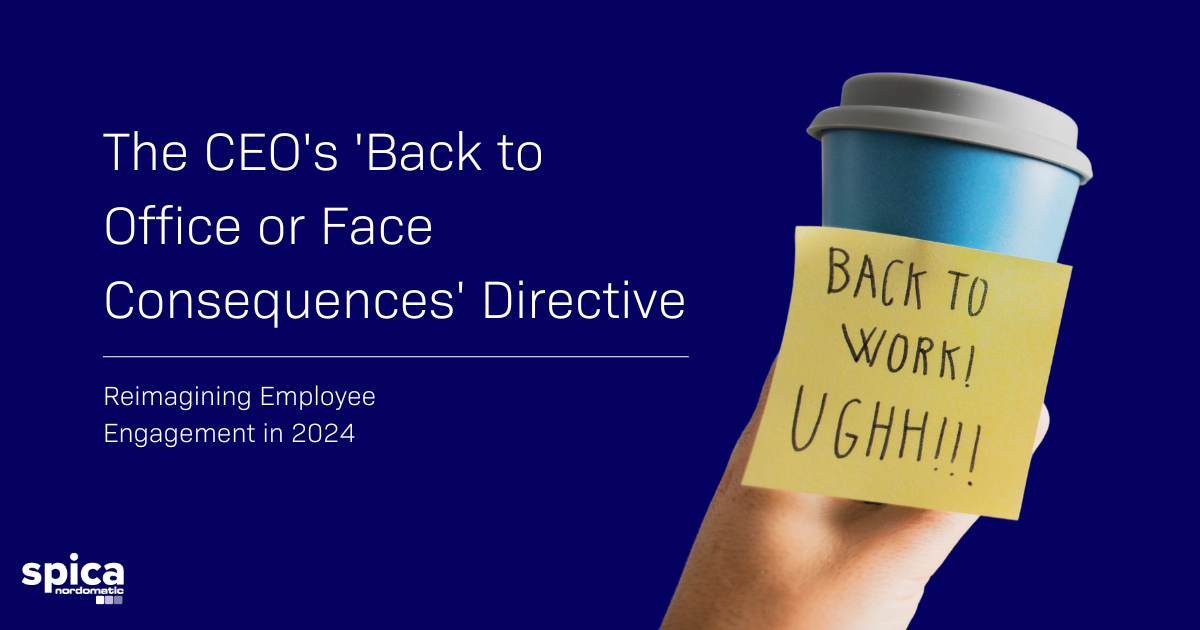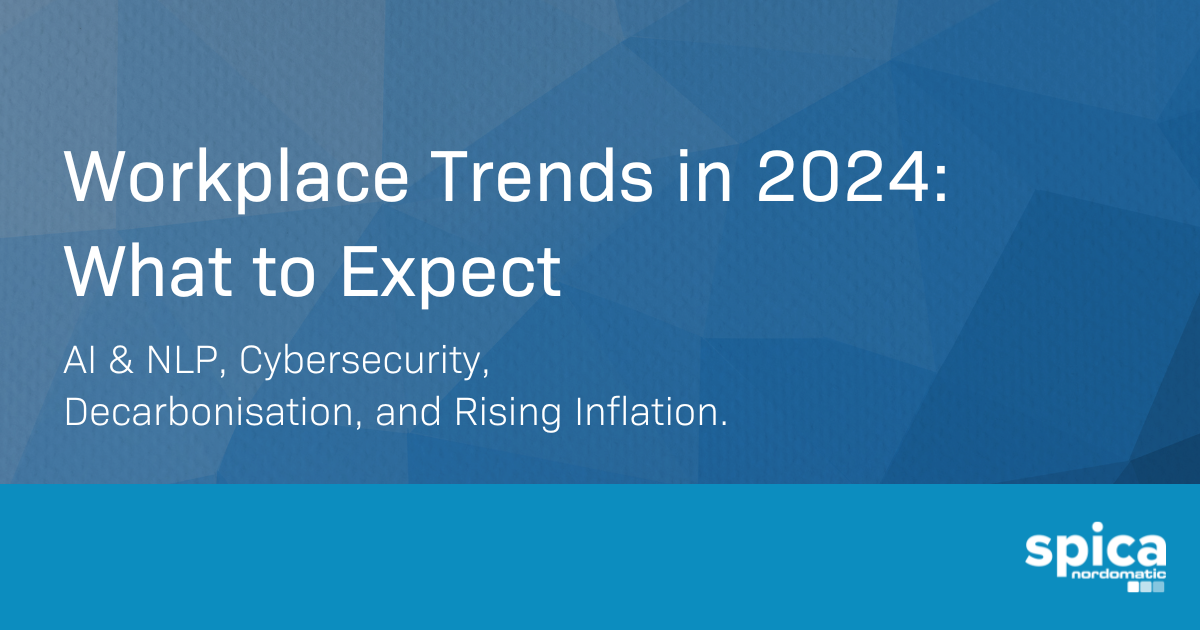The rise in 5G coincides with radical changes in digitalisation, society and the economy. It means more than mobile networks simply expanding. As a human race, we are now in the ‘Information Age’. It is possible for most things and people to be connected. It is paramount that businesses keep up with the ever-growing technological changes predicted now and in years to come.
The main goal of 5G is to ensure super-fast and reliable network availability for almost all compatible devices by developing the network worldwide. At present, the 5G network is available in 80 cities across the UK and in 24 European countries. Although it’s a gradual process, most of the UK is expected to have 5G by 2022.
We’ve already seen mind-blowing advances in artificial intelligence, virtual reality, IoT, big data and cloud-based software over recent years. With a worldwide web of interconnected tech, it’s important that network providers are able to meet the growing demands of an ever-expanding networked society.
Fully implemented super-speedy 5G implementation has been long awaited. We’ve all heard promises that 5G will be faster than 4G and that it’ll change the way business is done. Is any of this true?
The Benefits of 5G
Upgrading to 5G capable devices is business-savvy and those who choose to adapt and adopt will certainly benefit in the long run. Let’s find out why:
Faster Connection Speeds
Perhaps the most obvious benefit of 5G is the increased user-end speeds. 5G is significantly faster than 4G, reaching a mindboggling 10 gigabits per second, as opposed to 4G’s 100 megabits per second. Super-fast speeds of over 1Gbps will help to improve daily working habits like remote working, file sharing and communication capabilities.
Higher Device Capacity
Unbeknownst to many, networks are limited by the number of devices and data transmission manageable within their capacity. Offices are becoming more reliant on tech, which means the adoption rates of business-devices is on the increase with no chance of slowing down. More devices mean a higher demand on networks who are struggling to manage increased loads, i.e. 4G. A mighty benefit of 5G is its ability to support an estimate of one million devices per 0.38 square miles, allowing businesses to manage a huge number of devices within their IT infrastructure. Having the ability to connect to devices on this scale also supports exponential growth opportunities for businesses.
Lower Latency
Latency is the time it takes for data to pass from one point on a network to another. We’ve all experienced the frustration of tech that lags, which will more than likely be due to high latency. Common examples of high latency include location or distance from the server (since network traffic is always slower than the speed of light), network congestion and transmission speed. To combat this, 5G offers lower latency which is of great benefit to businesses looking to break into the sphere of IoT, as lower latency significantly improves functionality and the safety of IoT devices.
Greater Support to Remote Teams
With 5G rolling out globally, more support can be offered to remote teams who can empower organisations while working outside of their local area, or even country. Fast and consistent connections mean that remote working is a serious possibility for most businesses, which ties in nicely to today’s progressive hybrid-working business landscape. Communicating with teams just got a whole lot more accessible and reliable.
Industries are Transformed Through IoT
As IoT continues to develop, innovative automation and AI will be enabled meaning more connectivity and communication across the board. The IoT market – which includes hardware, software, systems integration, and data and telecoms services – is expected to grow to 45.30 billion USD by 2022, in the manufacturing market alone. IoT devices and platforms record and transfer data to monitor important processes, give new insights, boost efficiency, and allow companies to make more informed decisions, transforming traditional industries as we know it.
How to Prepare For 5G?
Create a 5G Strategy
Strategise how your business will use 5G for the longer term and commit to delivering one strategy as best as possible. Look at ways 5G can solve your biggest business challenges. Identify key areas for investment opportunities. Work 5G hardware into your budget, as it will most likely be more expensive than 4G hardware. It might be worthwhile employing a 5G expert to help drive your strategy. Using their knowledge of technology limitations and possibilities to maximise the potential of 5G without wasting any of your budget.
Examine Your Existing IT Infrastructure
Preparing for the rise in automation and AI supported by the 5G network seems like a daunting task. The first and most important consideration is whether your network infrastructure is 5G ready. If not, you could end up wasting time and money. Consider existing IT infrastructure and security that’s in place. An IT system overhaul might be necessary in the run up to 5G implementation. Will your existing systems be able to manage such an increase in data, does your local infrastructure need to quickly scale its ability to communicate with wireless or remote devices? Another significant aspect is security. Consider how remote devices will be protected and how can the data generated will be safely stored.
Prepare For Change Through Education
Everyone in your organisation at every level should be educated on the potential opportunities made possible by 5G. Communicate how 5G can positively impact your business through supporting business goals such as better collaboration, communication, and data transfer worldwide. Change can be a daunting yet made more manageable by educating your team on the benefits of 5G implementation.
As automated and intelligent technologies become part of the norm when it comes to enhancing performance, more and more businesses are deciding to adopt 5G due to its abundance of benefits. It’s not too late to start planning your opportunity to reap the rewards of higher speeds, less lag, and great device capacity within your organisation.















